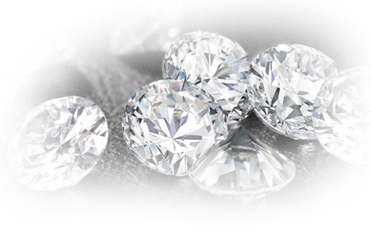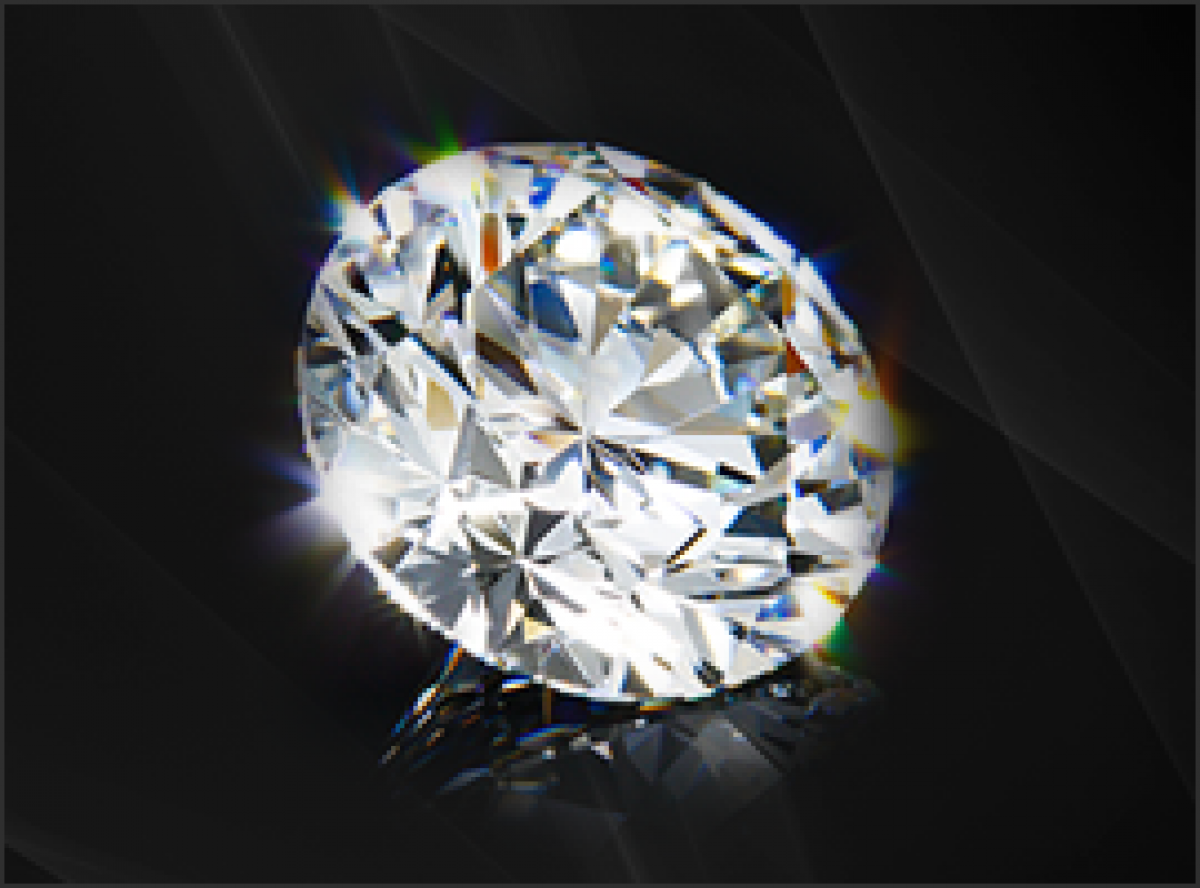Carat
Diamonds are weighed in carats, the first C. One carat is equivalent to 1/5th of a gram. The carat measurement is metric so we further divide a carat into hundredths. Each hundredth is called a point. More small diamonds are found than large diamonds resulting in the higher price per carat for successively larger diamonds due to this inherent rarity.

Clarity
The second C is clarity and refers to the purity of the diamond. Diamonds are formed deep in the earth and are subject to tremendous heat and pressure which cause internal inclusions and external blemishes. Most diamonds have inclusions and key identifying characteristics and very few are flawless. We identify and grade diamonds based on these characteristics specific to their size, nature and location in/on the stone. Diamonds are graded by a skilled observer with 10X magnification using a binocular microscope or 10X loupe with optimum lighting conditions.
The grading categories range from flawless to imperfect.

Flawless
Flawless diamonds must be free from internal inclusions and external flaws. Internal graining not visible face up and without discoloration or small naturals on the girdle as long as they to not flatten the girdle are acceptable in the flawless grade.
VVS
Very, Very Slightly Included Diamonds are just that. These diamonds usually require a microscope to grade as the inclusions are very, very small and difficult for a skilled observer to see.
VS
The Very Slightly Included grade is used for diamonds that have very small internal and external characteristics that are difficult to locate with 10X magnification and a skilled observer.
SI
Slightly Included diamonds have small to medium sized inclusions that are obvious when examined with 10K magnification but usually not visible to the naked eye.
I1, I2, I3
Imperfect diamonds have medium to large flaws that are usually obvious to the unaided eye. Durability may be an issue with the lower qualities.
Colour
Diamonds occur in all colors of the rainbow however most diamonds range from colorless to light yellow or light brown. We use theGIA grading scale for color. The top color is D which is colorless. D,E and F are colorless to the human eye, G, H, I and J are near colorless,K, L, and M are faint yellow and the alphabet continues to Z and then diamonds have enough color to be called fancy. In order to determine the specific color range of a diamond we use a controlled lighting environment and master color grading diamonds for comparison. The chart above shows how little difference there is from one color grade to the next. Because colorless diamonds are purer with less chemical impurities to absorb light they are able to reflected and refracted more white light resulting in a brighter diamond. The more body color the diamond has the more light is absorbed.

Cut
The shaping of diamonds is an intricate and involved process. To learn more about how the stones are shaped and the different cuts available take a look at our handy guide here.


